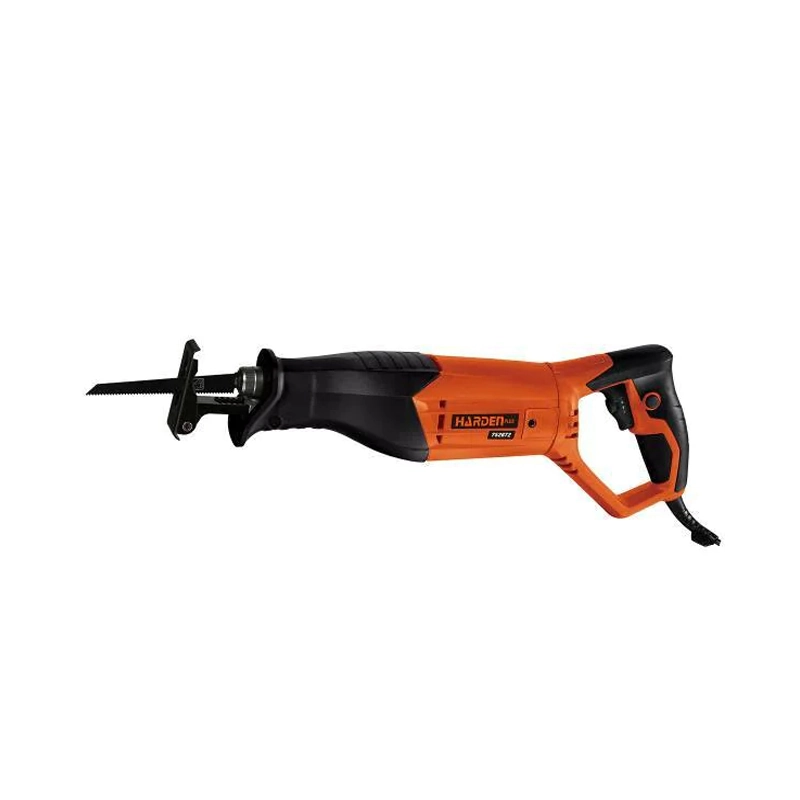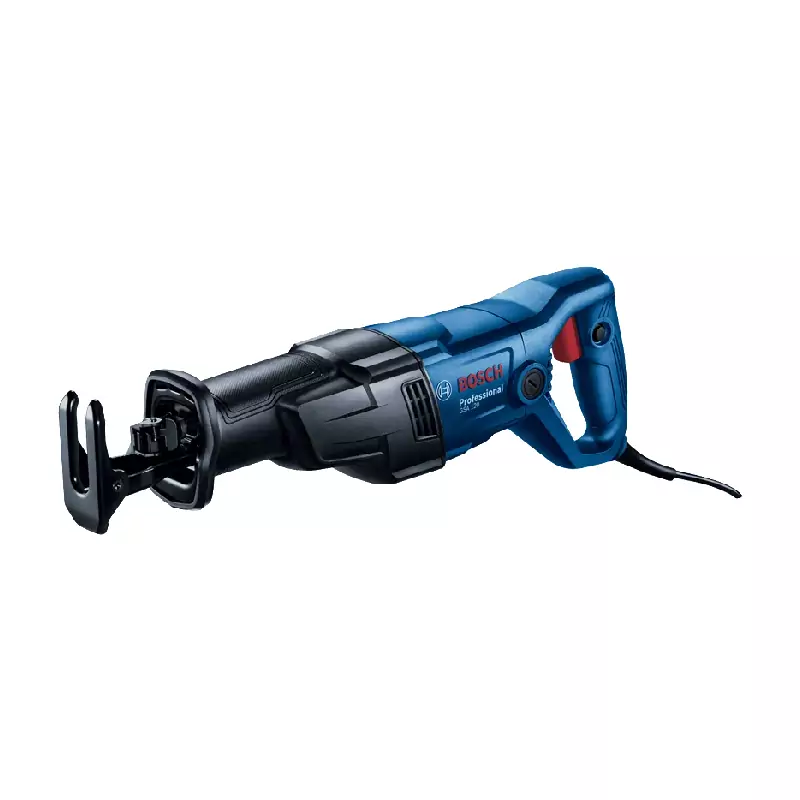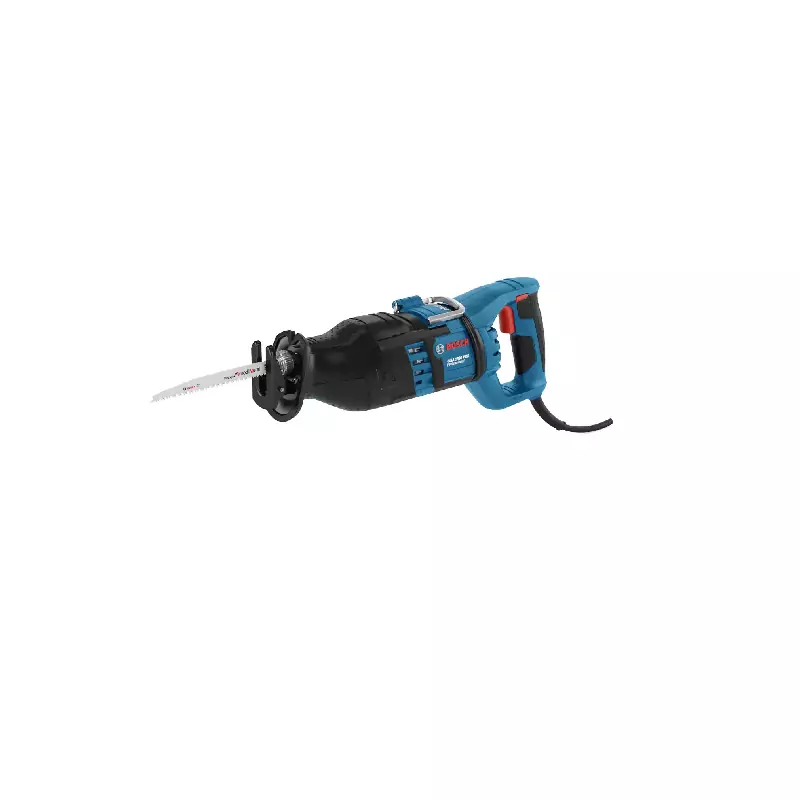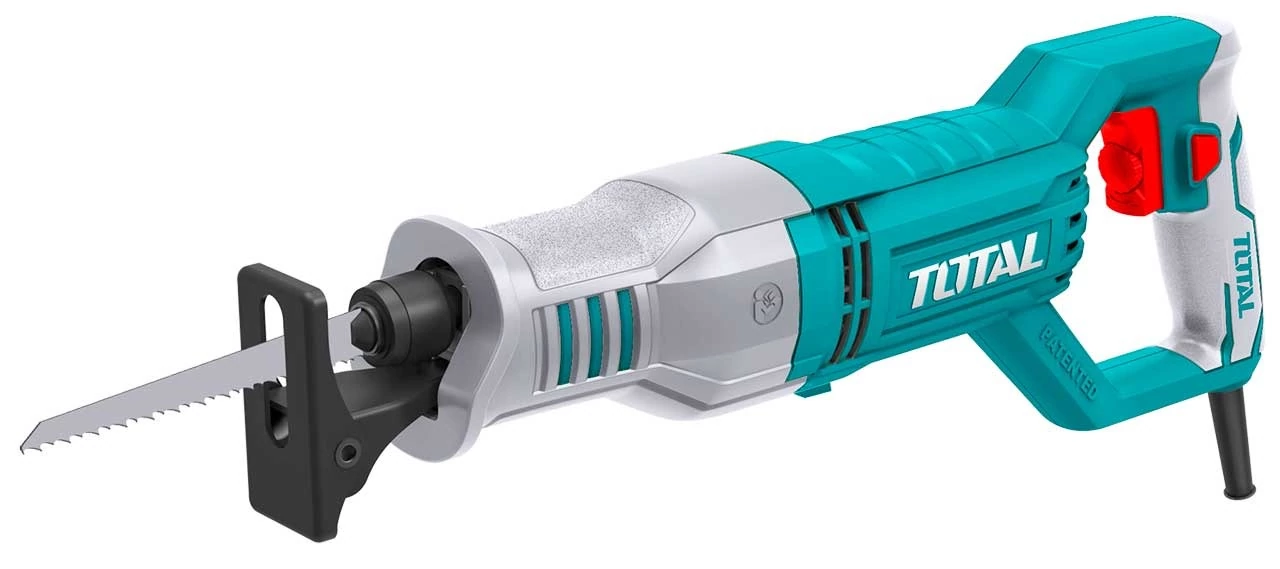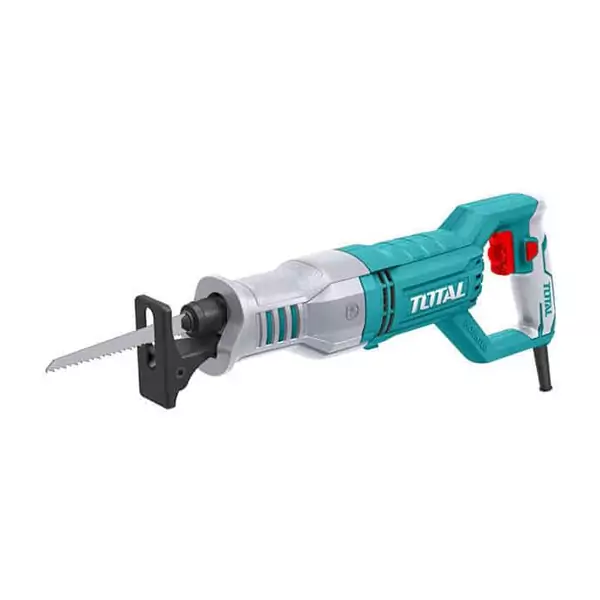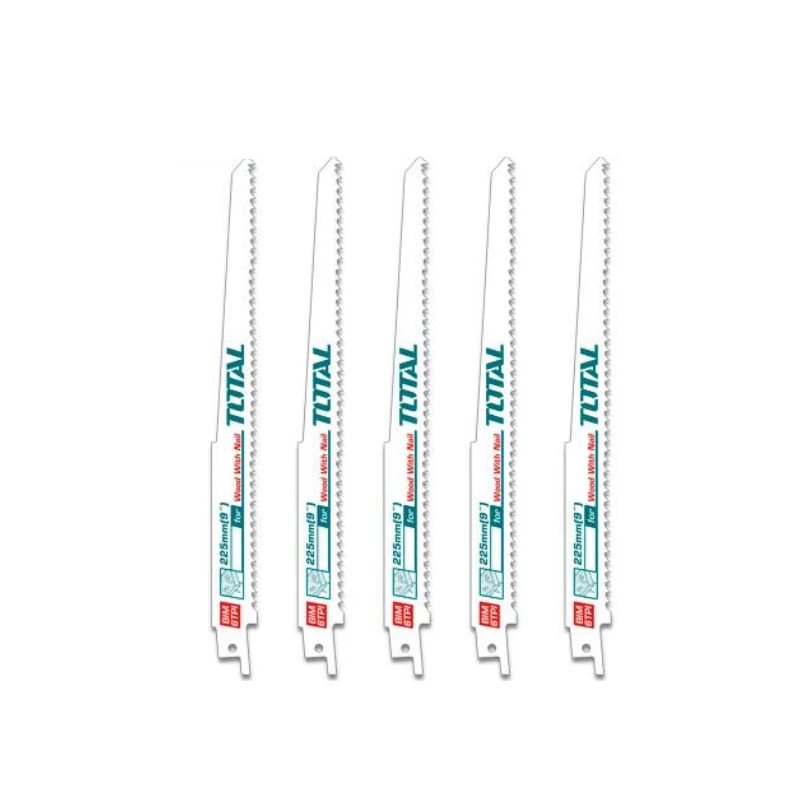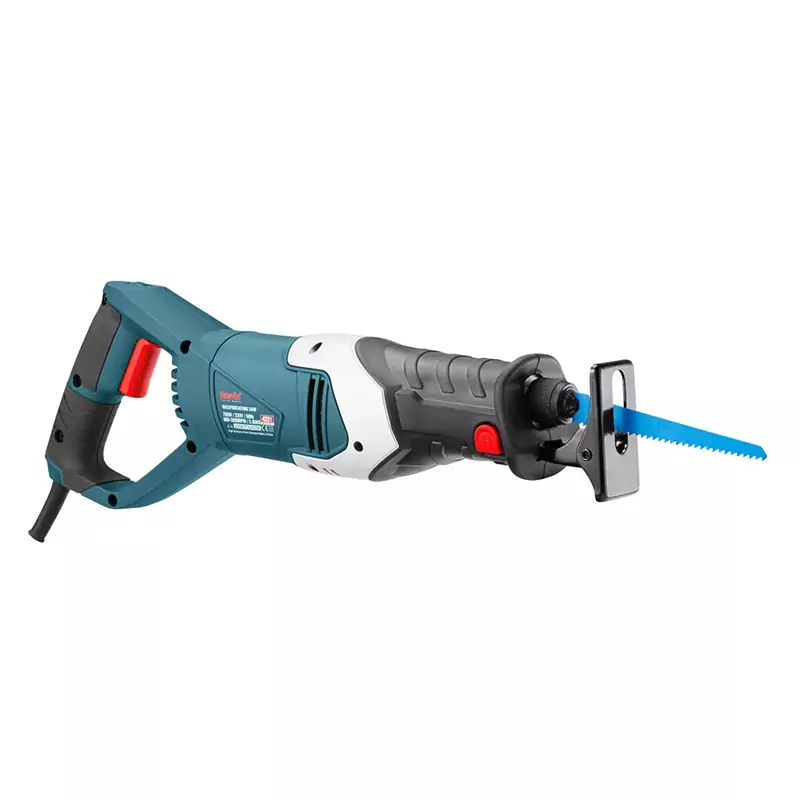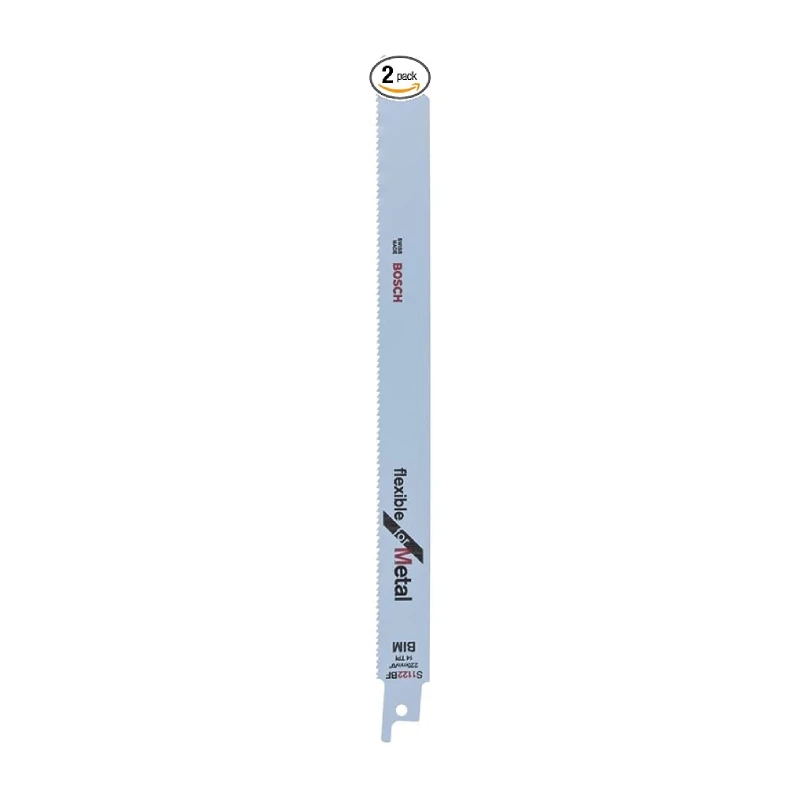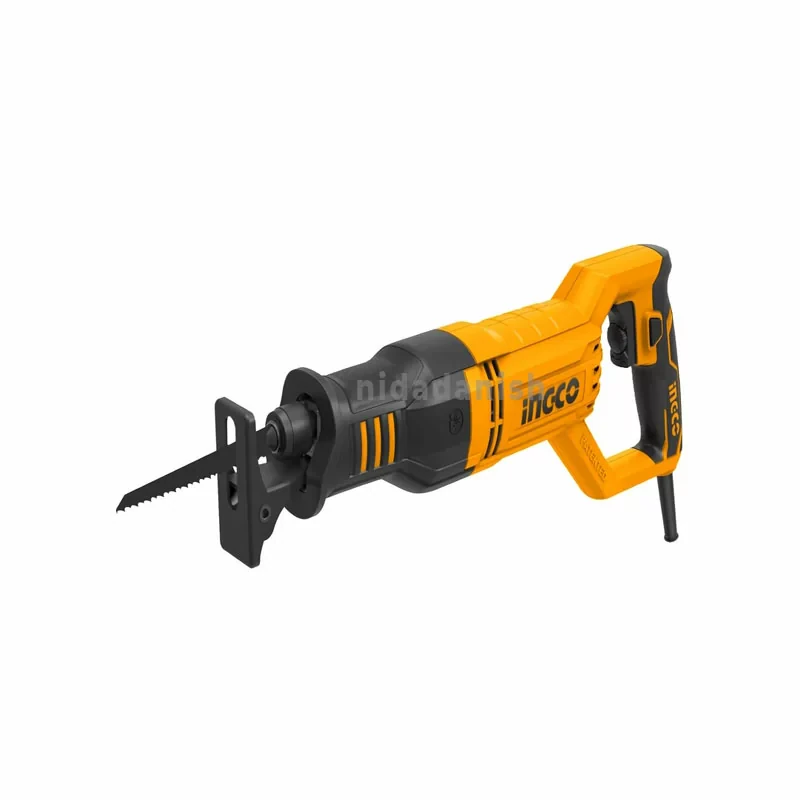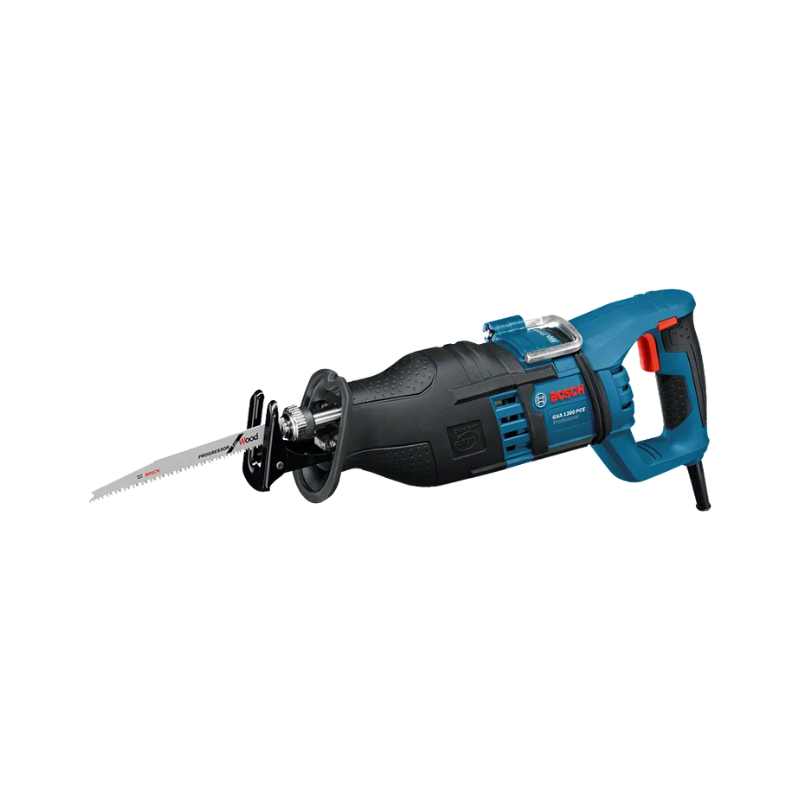Reciprocating Saws & Sawzalls
Reciprocating Saws & Sawzalls
-
Harden Reciprocating Saw 710W
-
283,500 Tsh
-
-
Bosch Professional Electric File 720W GEF 7E
-
2,646,000 Tsh
-
-
Bosch Reciprocating Saw 1200W GSA 120
-
553,500 Tsh
-
-
Bosch Reciprocating Saw 1300W GSA 1300 PCE
-
729,000 Tsh
-
-
Total Reciprocating Saw Electric 750W TS100806
-
255,000 Tsh
-
-
Total Reciprocating Saw Electric 1200W TS1001201
-
446,500 Tsh
-
-
Ronix Reciprocating Saw 705W 4221
-
202,500 Tsh
-
-
Ingco Reciprocating Saw 220v-240v 750w RS8008
-
225,000 Tsh
-
Reciprocating Saw FAQs
Reciprocating saws — also known as recip saws, saber saws, or hackzalls — are essential power tools for demolition, plumbing, and metal cutting. At Impala, we offer a complete range of cordless and corded reciprocating saws from leading brands like Total tools, DeWalt, Makita, and Bosch. Whether you're looking for a compact 12V tool or a high-torque 18V brushless model, we have options to suit both DIYers and professionals. Don’t forget to check out our range of blades, accessories, and battery kits for maximum efficiency.
What is a Sawzall?
“Sawzall” is Milwaukee’s trademarked name for their line of reciprocating saws. It's often used generically to refer to any recip saw.
Can a reciprocating saw cut through metal?
Yes, with the correct blade. Recip saws are widely used for cutting through metal pipes, screws, and even steel bars.
Should I buy a cordless or corded reciprocating saw?
Cordless saws offer mobility, while corded saws provide unlimited runtime. Choose based on your jobsite needs.
What brands of reciprocating saws are best?
Top brands include Total tools, Bosch, and Makita. Each offers various models including brushless, battery-powered, and compact options.
Reciprocating Saw FAQs
Reciprocating saws — also known as recip saws, saber saws, or hackzalls — are essential power tools for demolition, plumbing, and metal cutting. At Impala, we offer a complete range of cordless and corded reciprocating saws from leading brands like Total tools, DeWalt, Makita, and Bosch. Whether you're looking for a compact 12V tool or a high-torque 18V brushless model, we have options to suit both DIYers and professionals. Don’t forget to check out our range of blades, accessories, and battery kits for maximum efficiency.
What is a Sawzall?
“Sawzall” is Milwaukee’s trademarked name for their line of reciprocating saws. It's often used generically to refer to any recip saw.
Can a reciprocating saw cut through metal?
Yes, with the correct blade. Recip saws are widely used for cutting through metal pipes, screws, and even steel bars.
Should I buy a cordless or corded reciprocating saw?
Cordless saws offer mobility, while corded saws provide unlimited runtime. Choose based on your jobsite needs.
What brands of reciprocating saws are best?
Top brands include Total tools, Bosch, and Makita. Each offers various models including brushless, battery-powered, and compact options.

